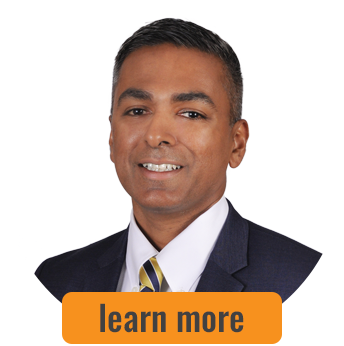Interest is growing in Risk Adjustment (RA). The number of healthcare groups and plans participating in RA is ever-growing. Everyone is jumping on the bandwagon, but not without challenges.
The biggest challenge organizations face is accurately reporting risk, which is vital to the success of RA. RA relies on providers. They must perform accurate medical record documentation and exercise sound coding practices to capture the complete risk profile for each individual patient.
Accurate medical record documentation and correct diagnosis code capture on claims and encounter data is necessary the first time, helping to reduce the administrative burden of adjusting claims. For providers involved in risk-sharing agreements, initial documentation precision ensures accurate payments and correctly reflects the severity of the illness burden.
Accurate risk capture improves high-risk patient identification. This enhances the ability of providers to reach out to and engage with patients for disease and care management programs and prevention initiatives. Correct risk capture also helps to identify practice patterns and reduces variations from protocol.
Implementation
A large factor hindering accurate risk reporting is related to the level of physician engagement in the process. They often do not understand the importance of their role in the success of RA.
Years after the implementation of RA, many physicians often require education on the topic. In fact, most physicians have not been educated on coding at all. Although physicians, for the most part, have not shown interest because their major focus has and should be on patient care, they can still engage in the process. Education must be delivered on a peer-to-peer basis because of the nuances in documentation and discussion of clinical indicators. Vee Healthtek can ensure success in this area.
Custom-Designed Solutions
As part of our expansion into consultative services for RA, Vee Healthtek has designed Risk Adjustment packages for clients to choose from to meet their individual needs. Issues involving risk reporting can be corrected with long-term solutions which can develop into a long-term relationship between our clients and Vee Healthtek.
RA is a multi-pronged process. There is no one exclusive service alone that can help our clients accurately reflect their patient acuity. The approach must be a combination of different services, including retrospective, concurrent, and prospective solutions, attacking the problem from different angles. Once gaps are identified, delivery is important. Physicians are trained to focus on the “why” of an issue rather than just the execution. Educators then deliver results to providers and discuss corrective measures to better improve documentation and coding. It takes a team, or a village, to get it right.
A simple analogy for RA is to compare the process to building Legos. Identify the bricks you need. Take the bricks and put them together in such a way, so the product looks complete. Each block is integral to the final product. When the Centers for Medicare & Medicaid (CMS) comes along at the end of the year and knocks it all down, you must rebuild it from scratch, and maybe add some accessories. A risk profile, in the same way, cannot be stagnant. Chronic conditions tend to either remain stable, or in many cases, worsen, with new, additional conditions developing. We can help identify new patient conditions through promoting correct documentation and valid clinical indicators.
Vee Healthtek has proven that we can develop success in the area of risk assessment and more, through a long-term relationship, rather than just with a consultative branch of business. Our team envisions all our Risk Adjustment packages to work by identifying gaps in coding and providing recommendations.
Our coding team and clinical reviewers are skillful and professional. We have all the resources needed available, working in tandem, to help our clients navigate through the maze of RA, to achieve extraordinary outcomes.

